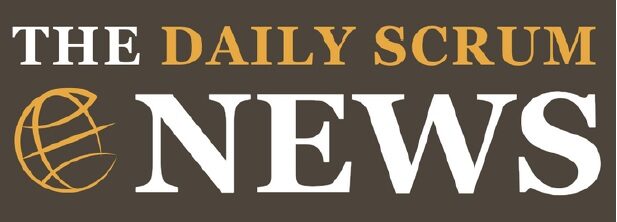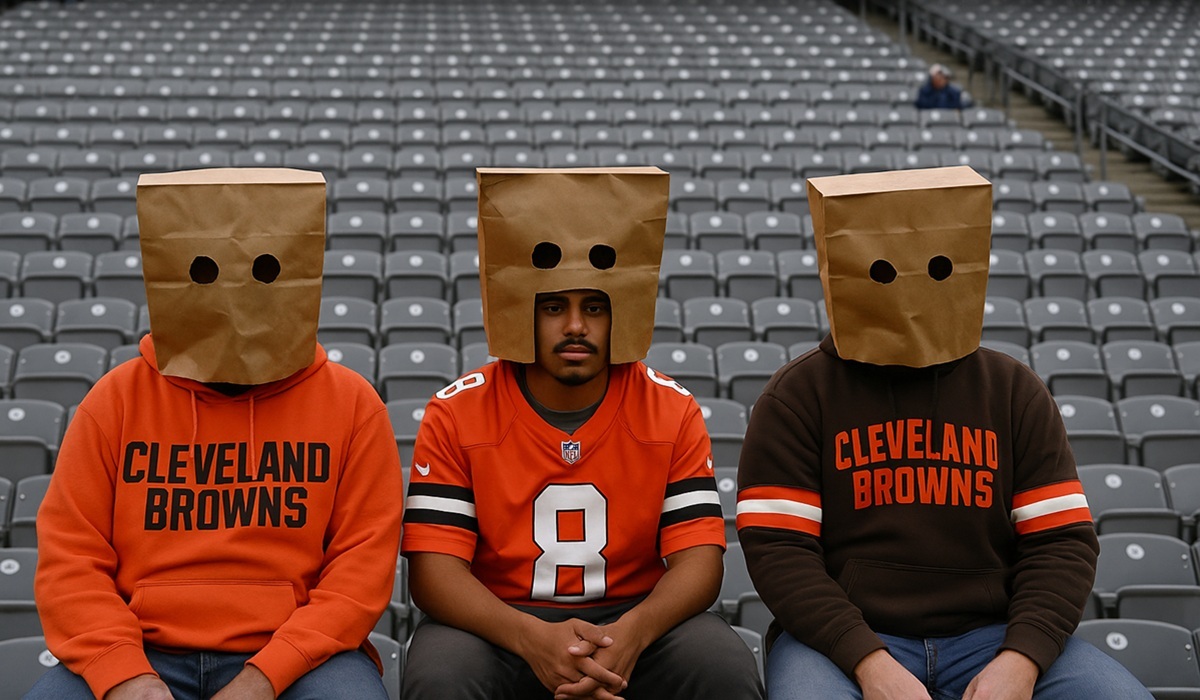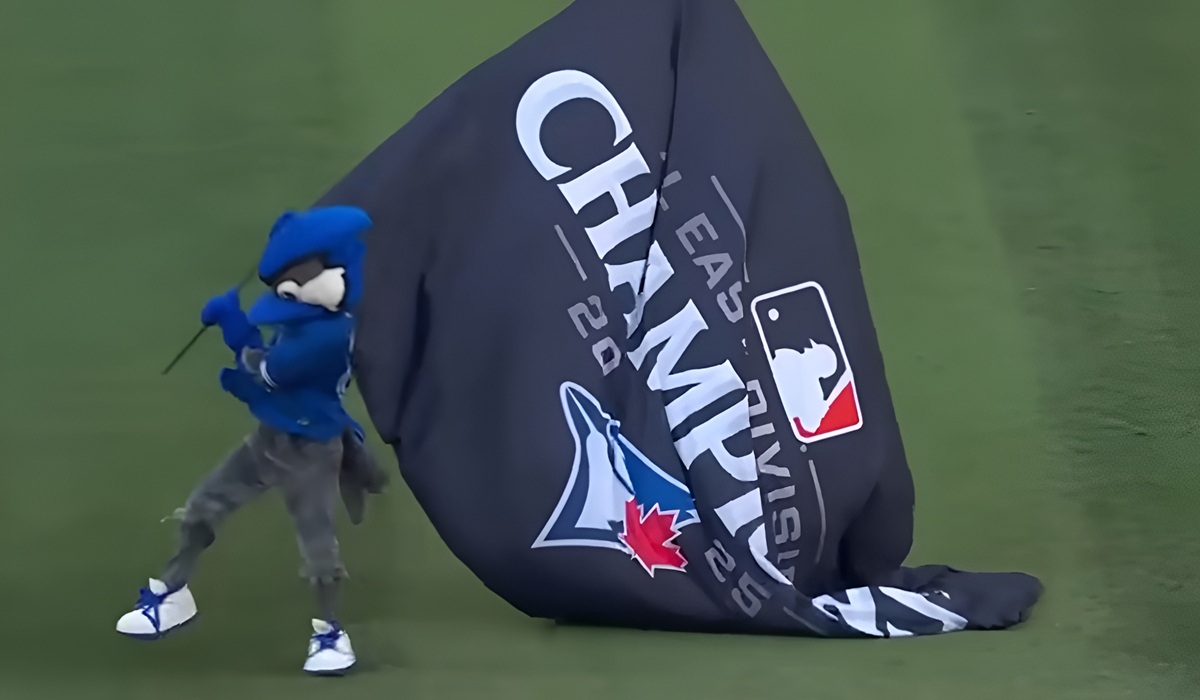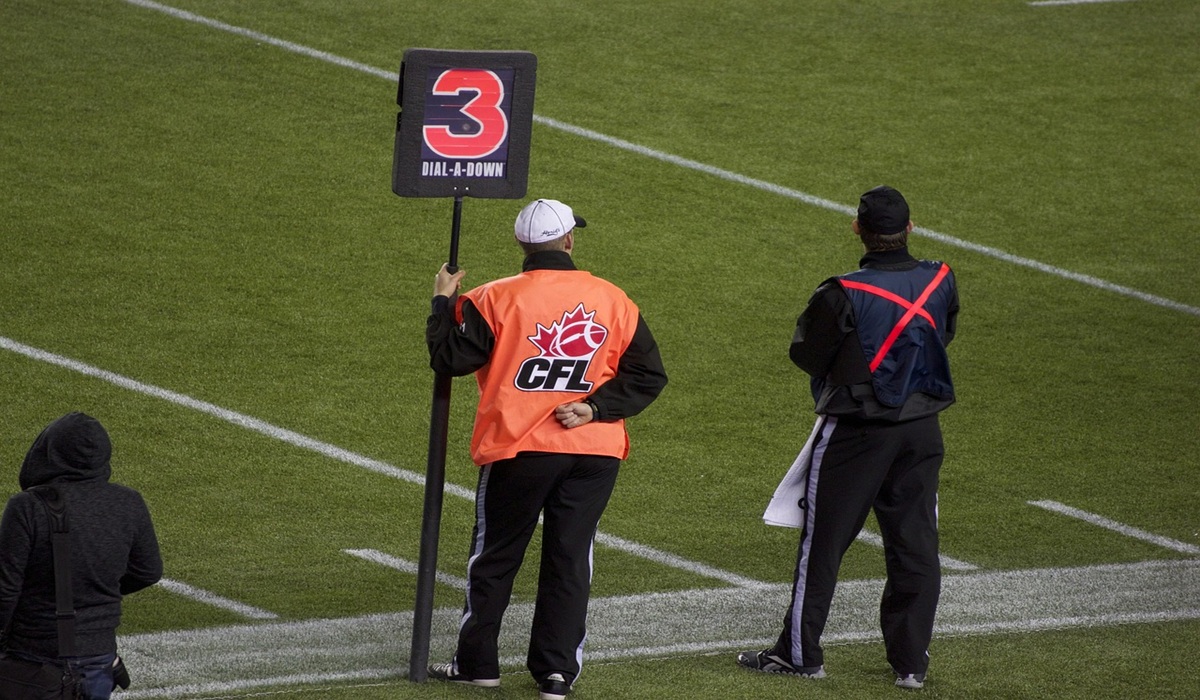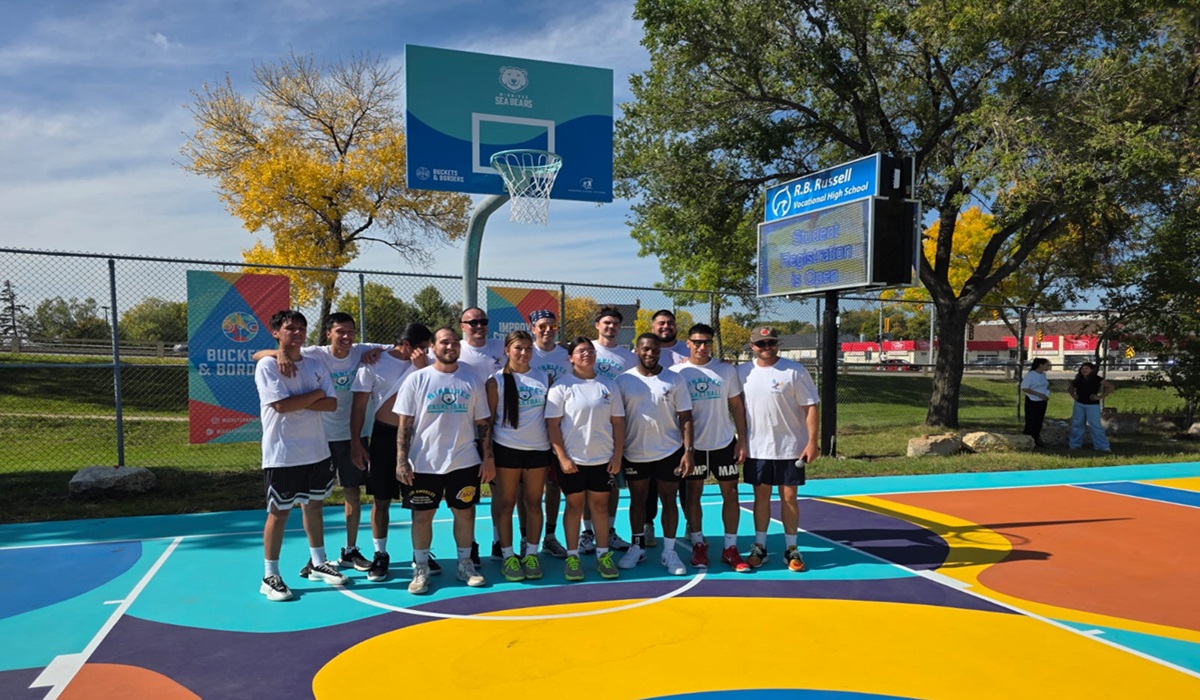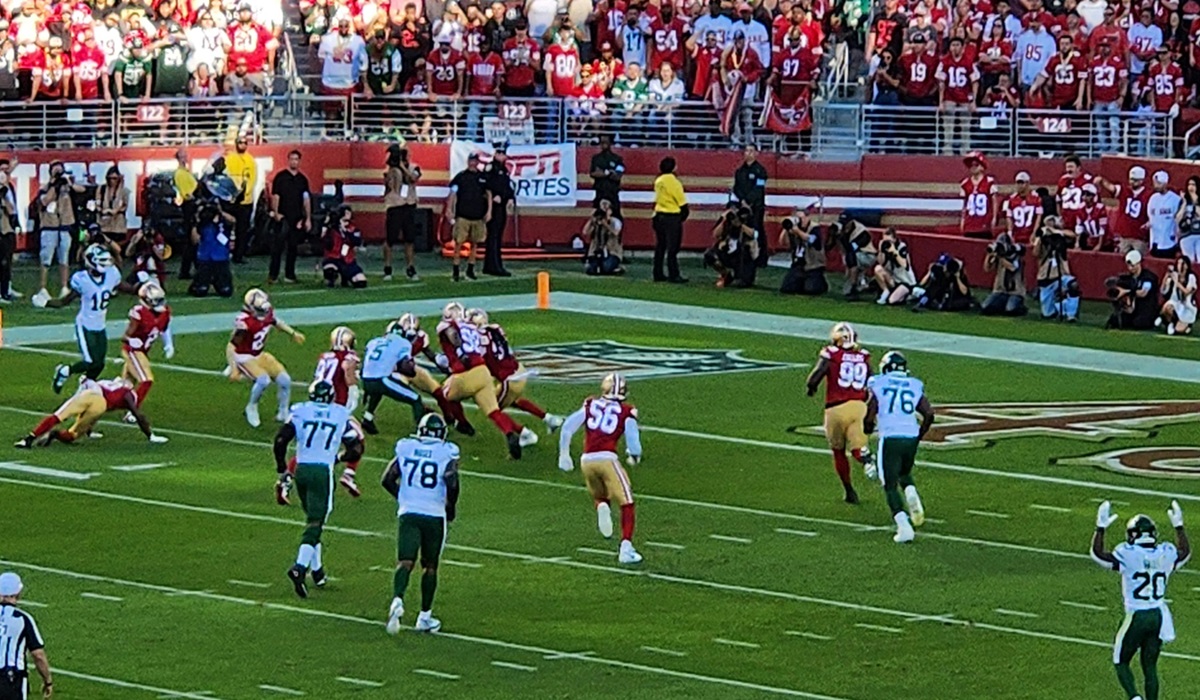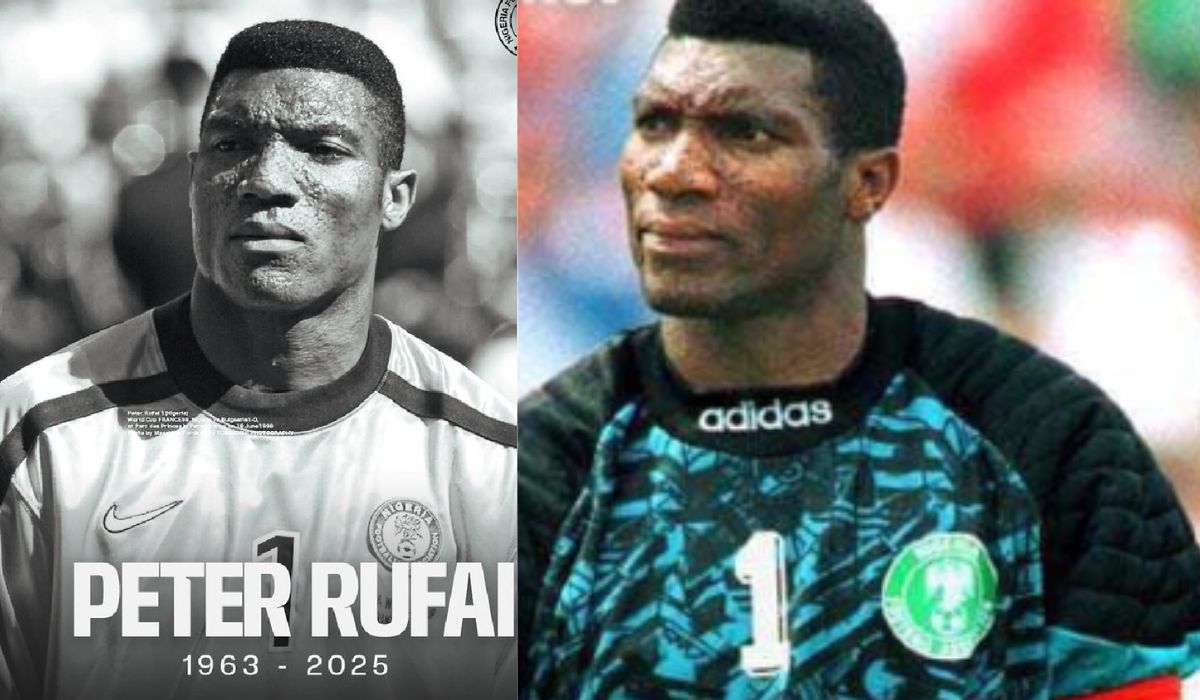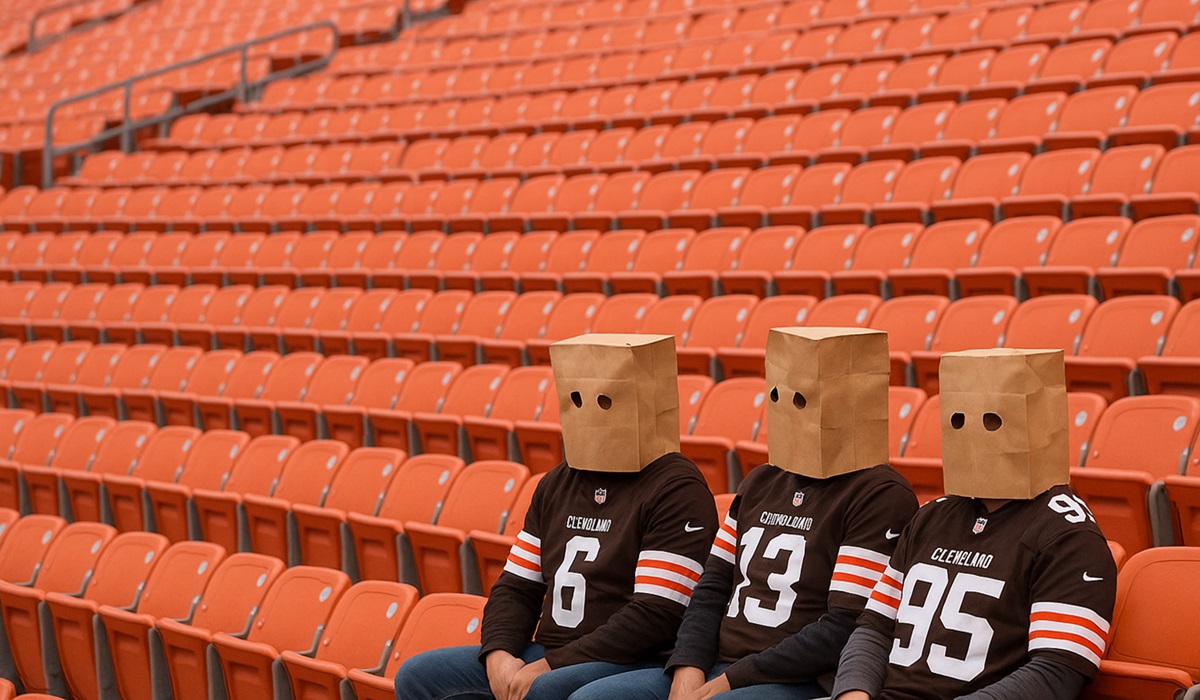UConn’s Big Bet: Inside the Bold New Era of College Athlete Revenue Sharing
- TDS News
- Sports
- July 7, 2025

Image Credit, Vlad Vasnetsov
In the high-stakes world of college sports, where tradition has long been protected by the illusion of amateurism, the University of Connecticut is tearing up the old playbook. With over $81 million projected in athletic department revenue for fiscal year 2026, UConn is not only preparing for the post-NCAA settlement era—it’s attempting to own it.
At the heart of this reinvention lies one bold decision: start paying athletes directly, and do it before the rest of the pack figures out how.
UConn’s plan includes allocating nearly $18 million in direct revenue-sharing payments to its student-athletes next year, a figure that places it just shy of the NCAA’s imposed $20.5 million cap. That kind of aggressive commitment isn’t just a policy adjustment—it’s a cultural declaration. For decades, players generated billions in TV deals, merchandise sales, and ticket revenue while watching their coaches and athletic directors grow wealthy. Now, UConn is breaking ranks, giving athletes a legitimate seat at the table they built.
David Benedict, UConn’s athletic director, doesn’t shy away from the stakes. He calls the move a “foundational reinvention,” but it’s more than that—it’s a challenge to the status quo. While other programs are scrambling to understand the implications of the NCAA’s antitrust settlement, UConn is choosing to get ahead of it. They’re not hedging their bets; they’re going all in.
This isn’t about NIL money, where athletes hustle brand deals on Instagram. This is direct compensation from the school itself, tied to institutional revenue and driven by the product on the field. And UConn’s product, particularly in men’s and women’s basketball, has become one of the most bankable brands in college athletics. With a recent $20 million naming rights deal for the downtown Hartford arena locked in, the university is actively monetizing every piece of its athletic identity.
Of course, this shift doesn’t come without controversy. Critics argue that this model prioritizes the sports that sell—primarily football and basketball—while leaving non-revenue sports behind. Wrestling, gymnastics, swimming—these programs already struggle for funding and attention. Under a pay-for-play structure, some fear they may disappear altogether. There’s a real concern that as schools chase profitability, the principle of athletic diversity could be sacrificed in the process.
Benedict insists UConn will remain committed to its full athletic offering, but the reality is clear. The revenue will go where the market dictates. That may be uncomfortable for traditionalists, but it’s the new logic of a post-amateurism system.
What’s striking about UConn’s approach is how deliberately it mirrors the professional sports model. The school is building digital infrastructure to track player impact, sponsorship value, and engagement data, making it easier to justify who gets paid—and how much. They’re creating a pipeline that rewards not just talent, but contribution, value, and brand lift. In a sense, student-athletes are now employees in everything but name.
Across the country, athletic departments are watching closely. Some are optimistic, seeing UConn as a model for how to adapt. Others are nervous, knowing that most schools don’t have UConn’s championship pedigree or revenue base. For the institutions already on the financial brink, the shift toward player compensation could trigger collapse or consolidation. For powerhouse programs, it’s a chance to solidify dominance—and attract top talent with guaranteed paydays.
Whether this marks the beginning of a golden age or a slow unraveling of college athletics as we know it, one thing is certain: the amateur era is dead. UConn isn’t pretending otherwise. They’re not asking for permission. They’re building the future—and forcing everyone else to catch up.
This moment isn’t just about fairness or finance. It’s about reckoning with the truth. For years, college sports profited off the unpaid labor of its stars while draping itself in academic virtue. That model no longer holds. UConn’s decision to pay its athletes is both a business move and a moral pivot. It says, out loud, what the rest of the industry has whispered for decades.
The players have always been the product. Now, at least at one university, they’re finally getting paid like it.
